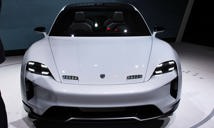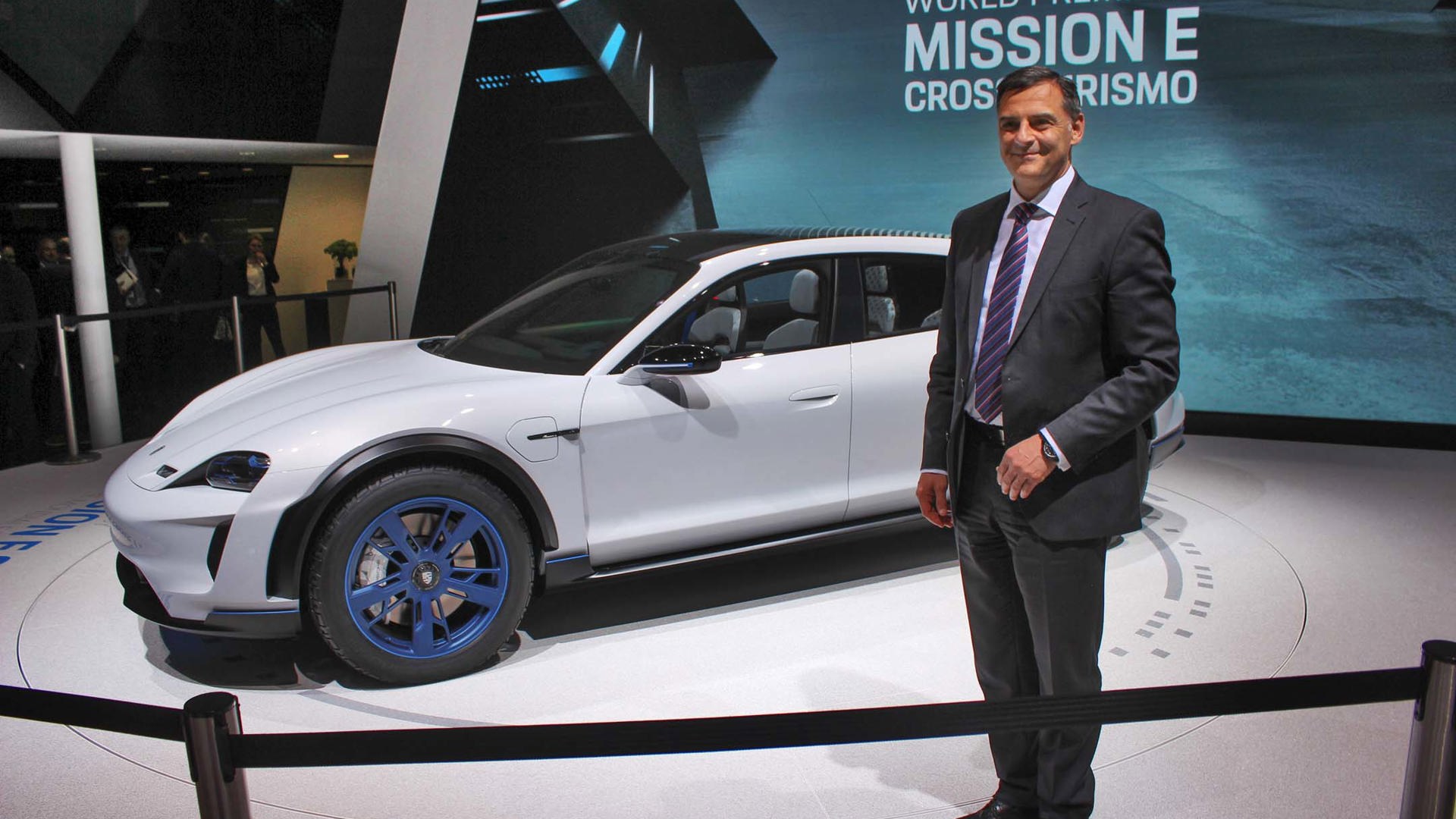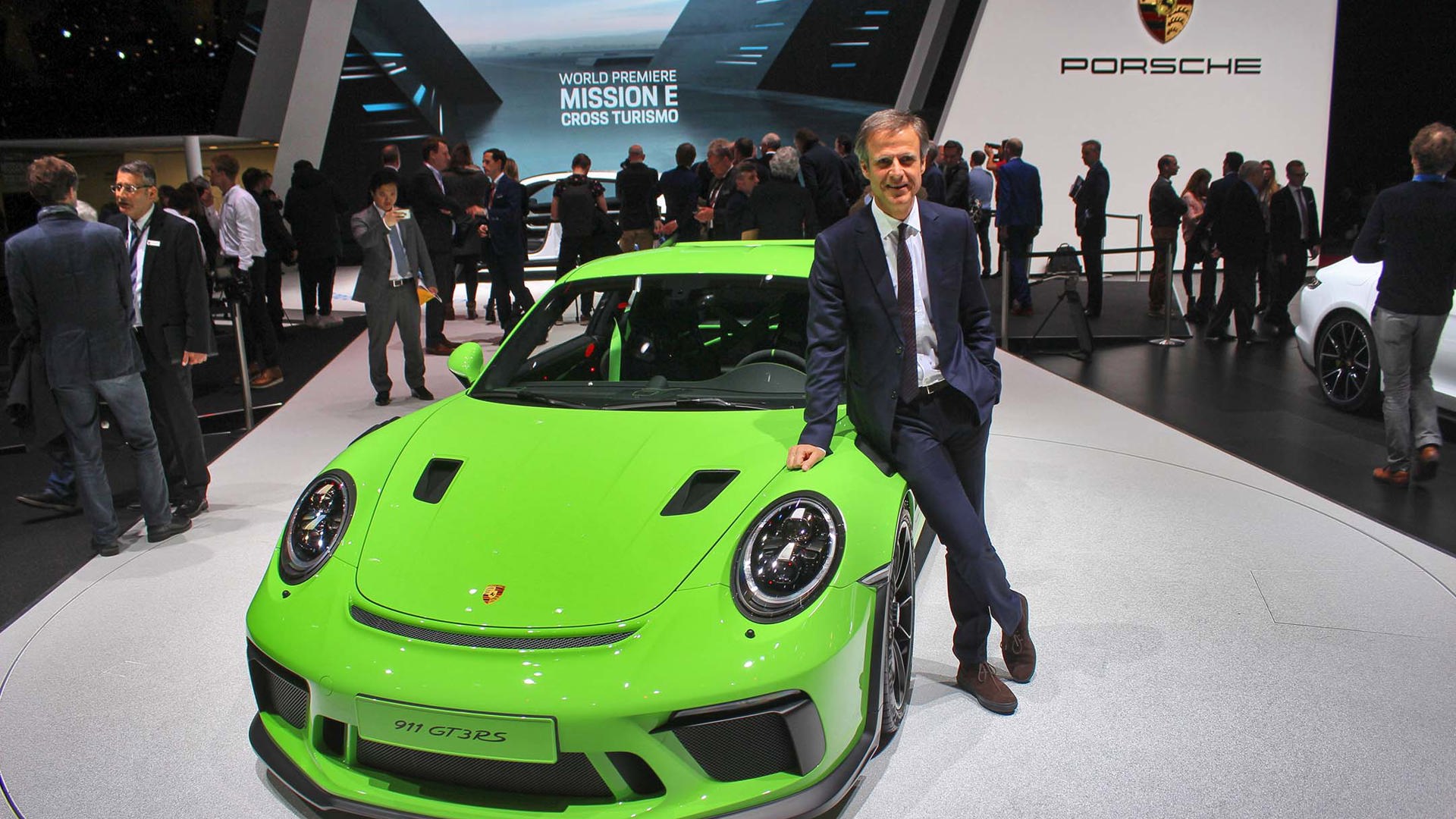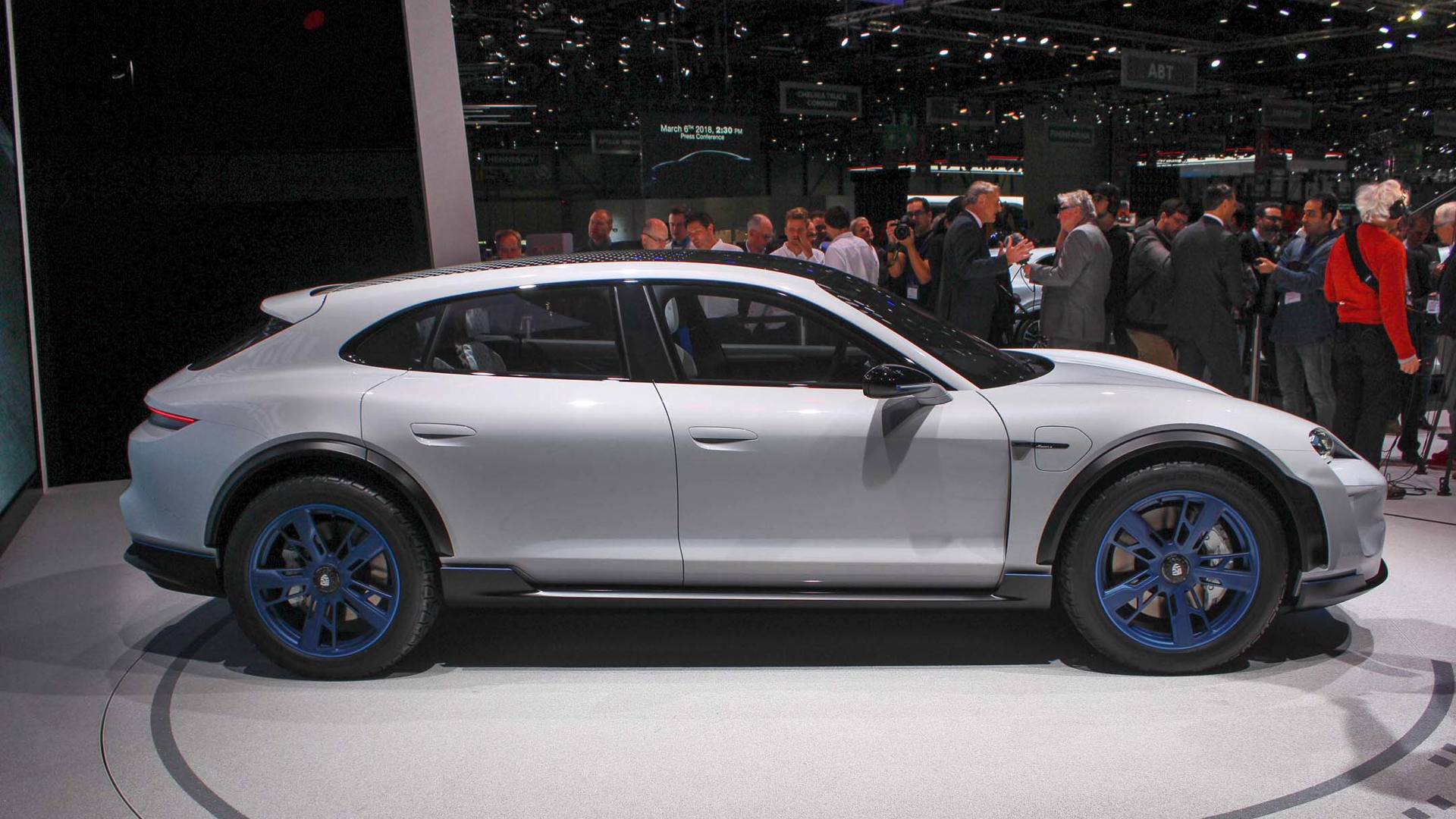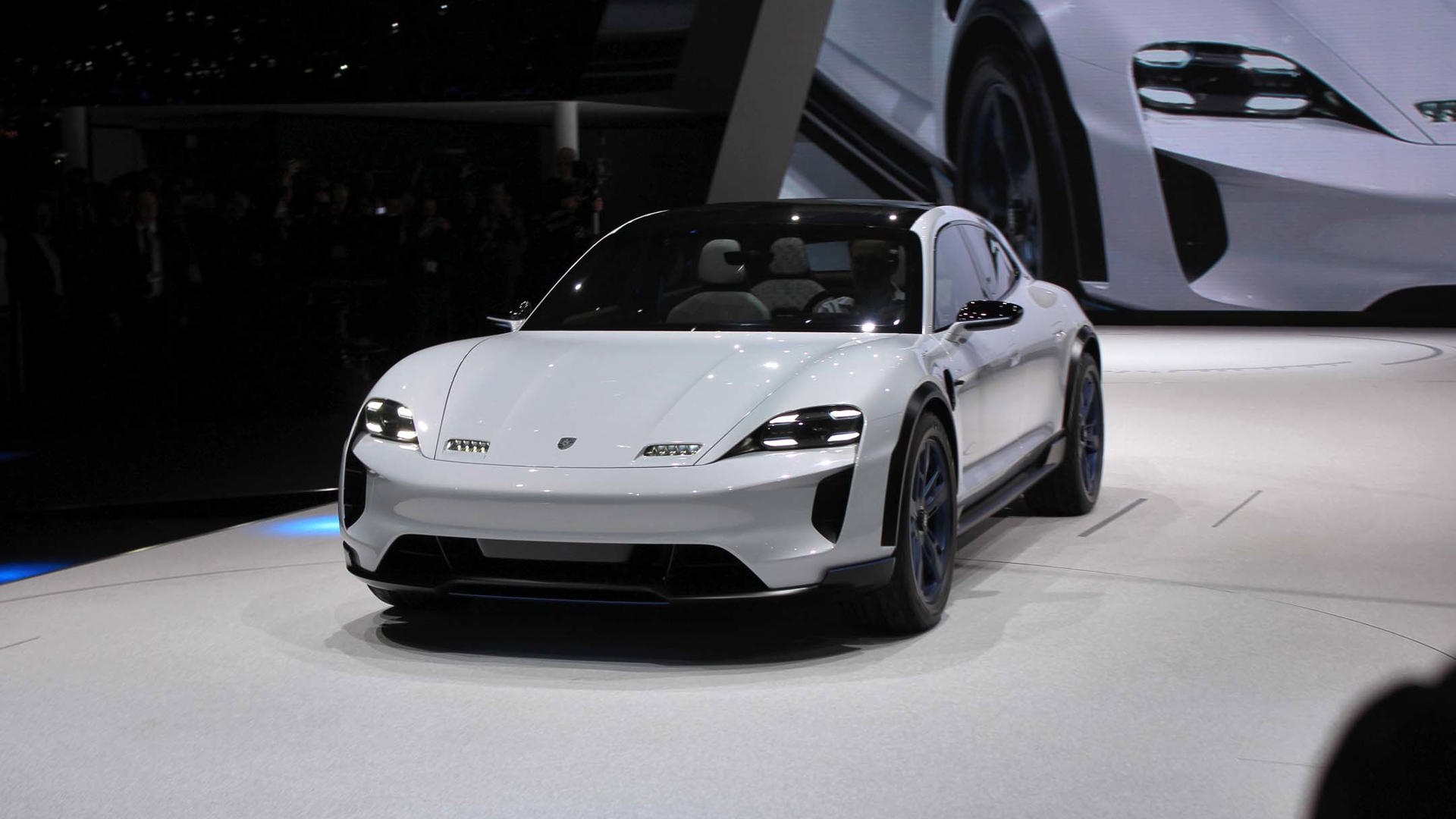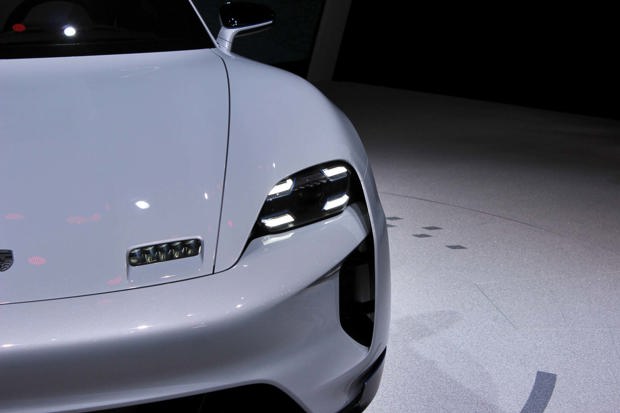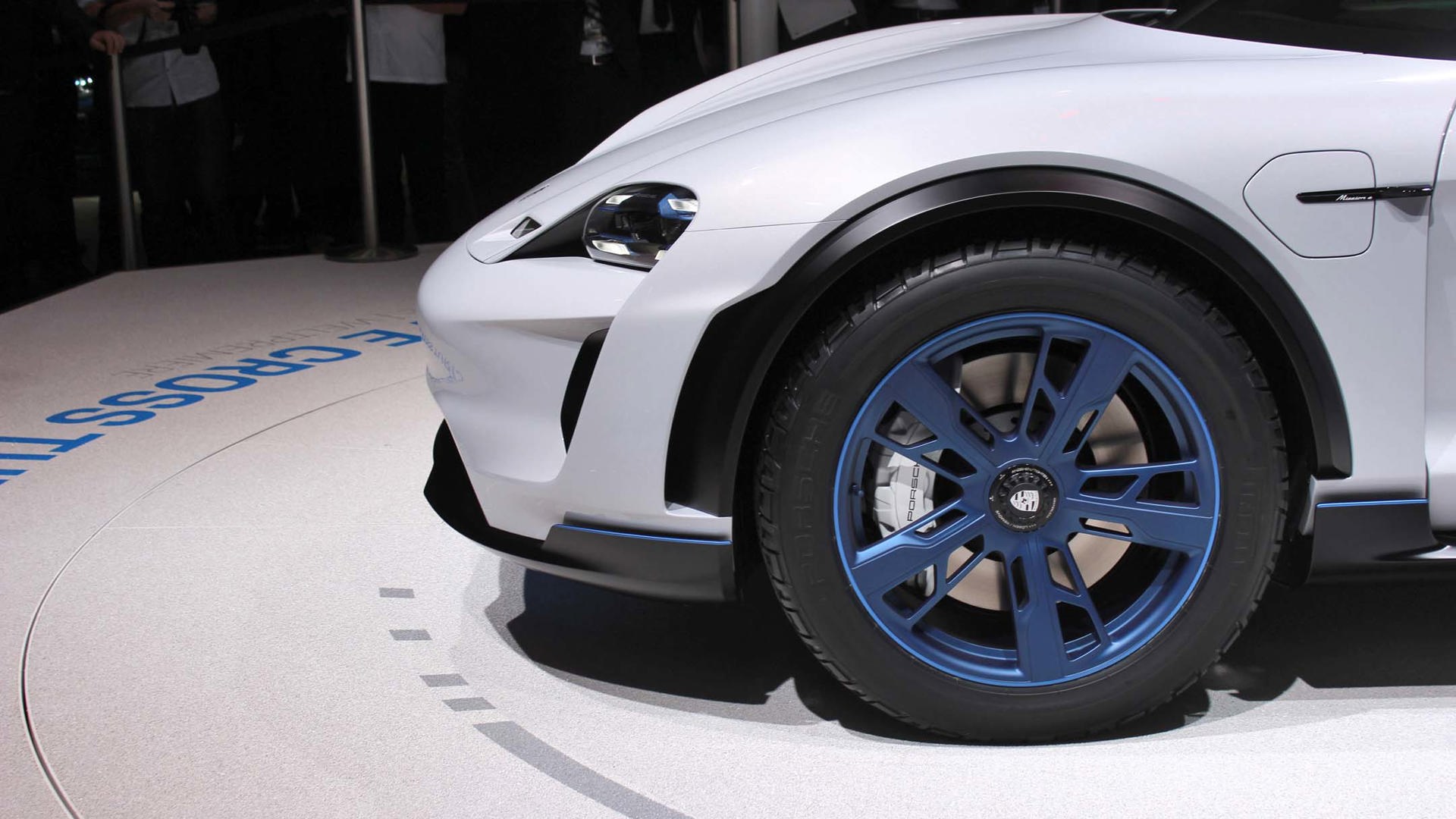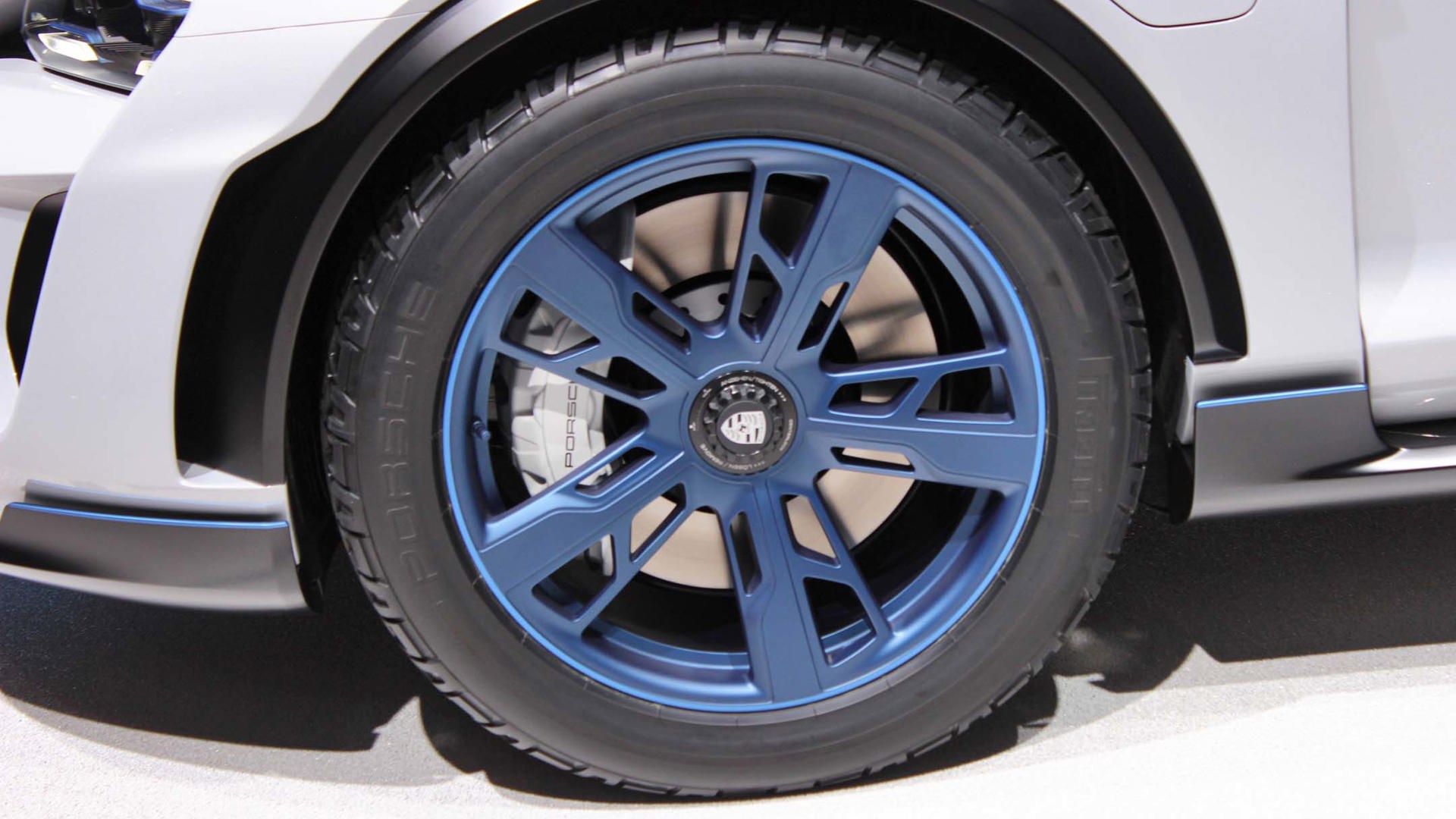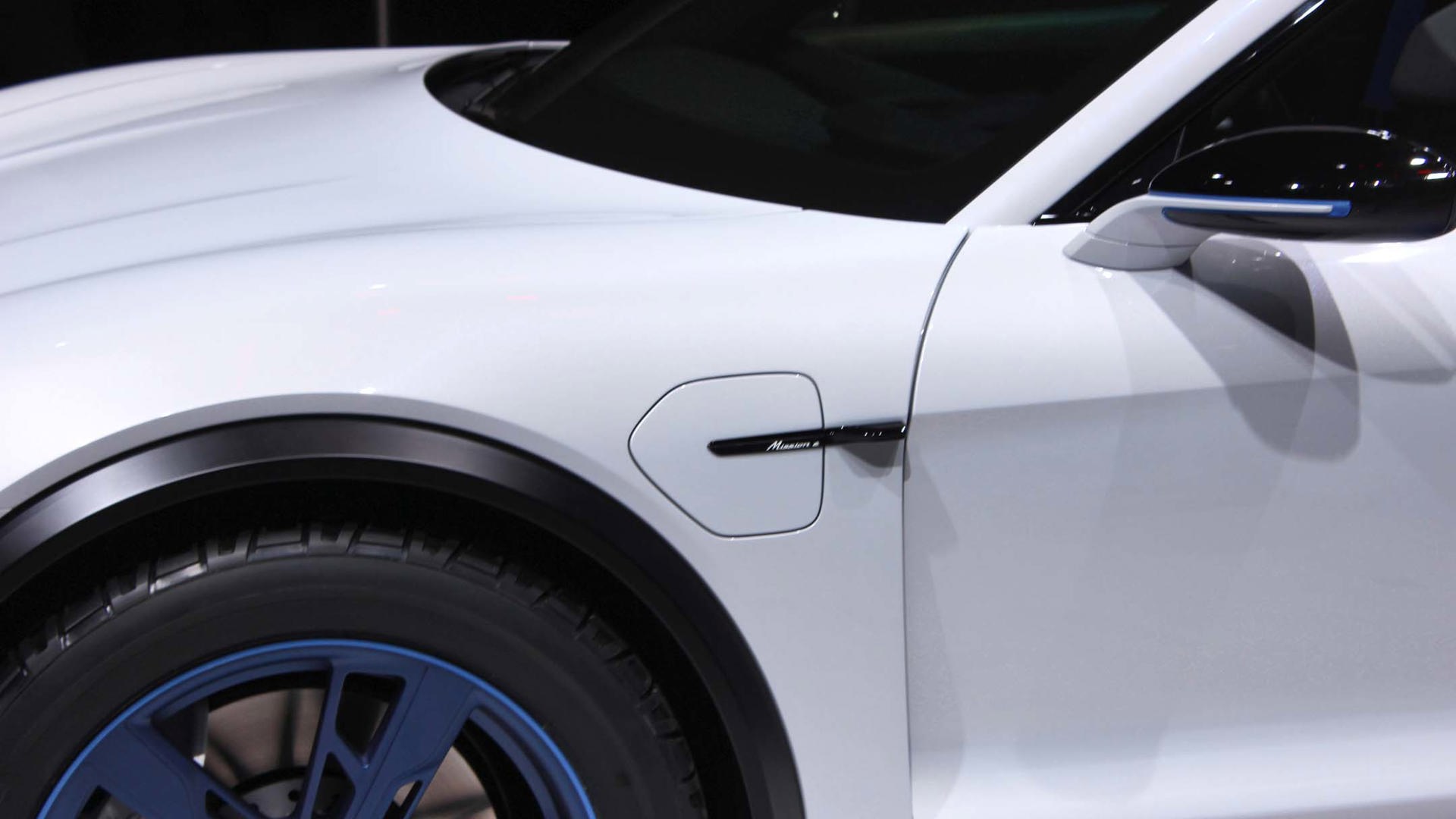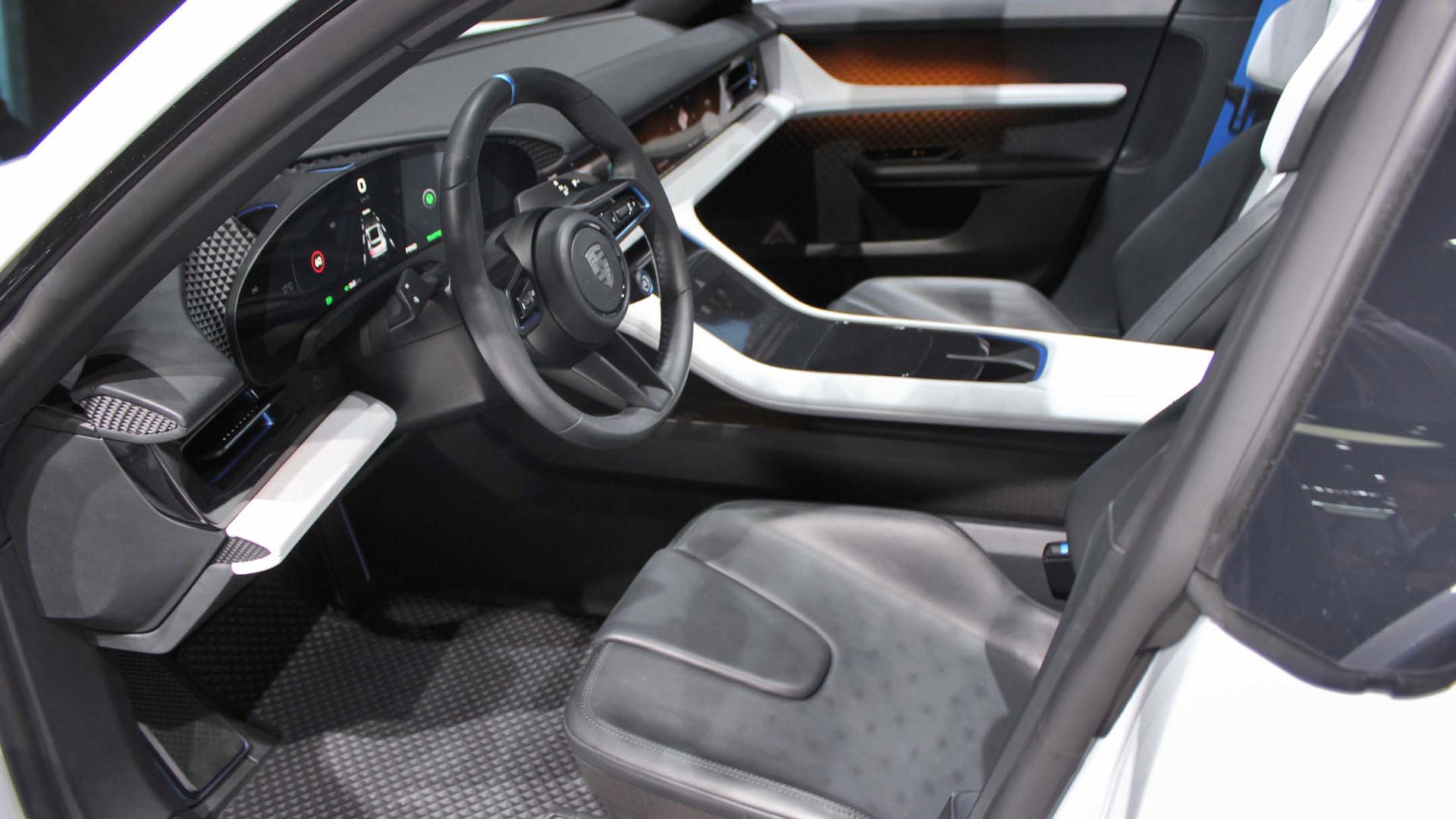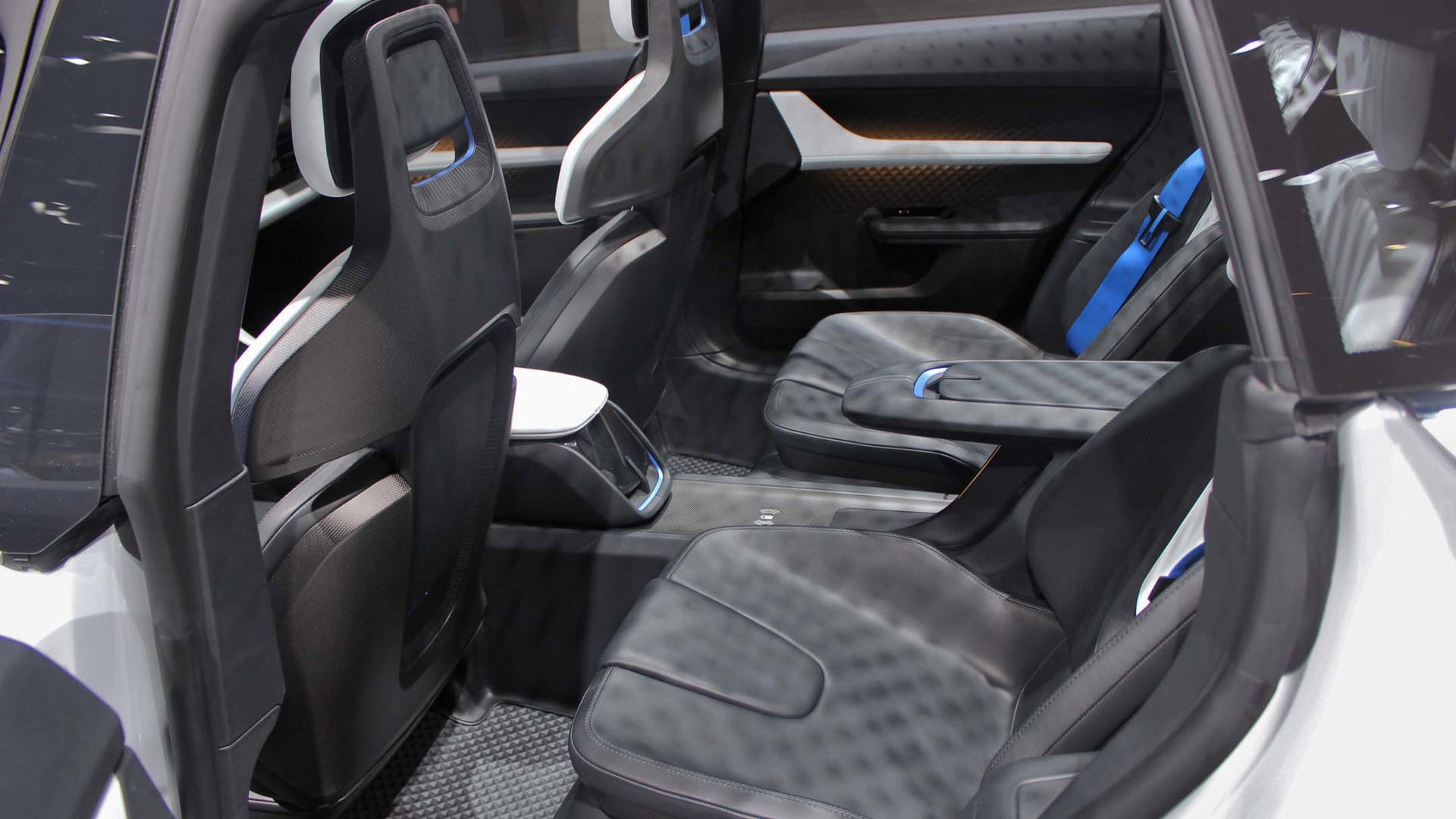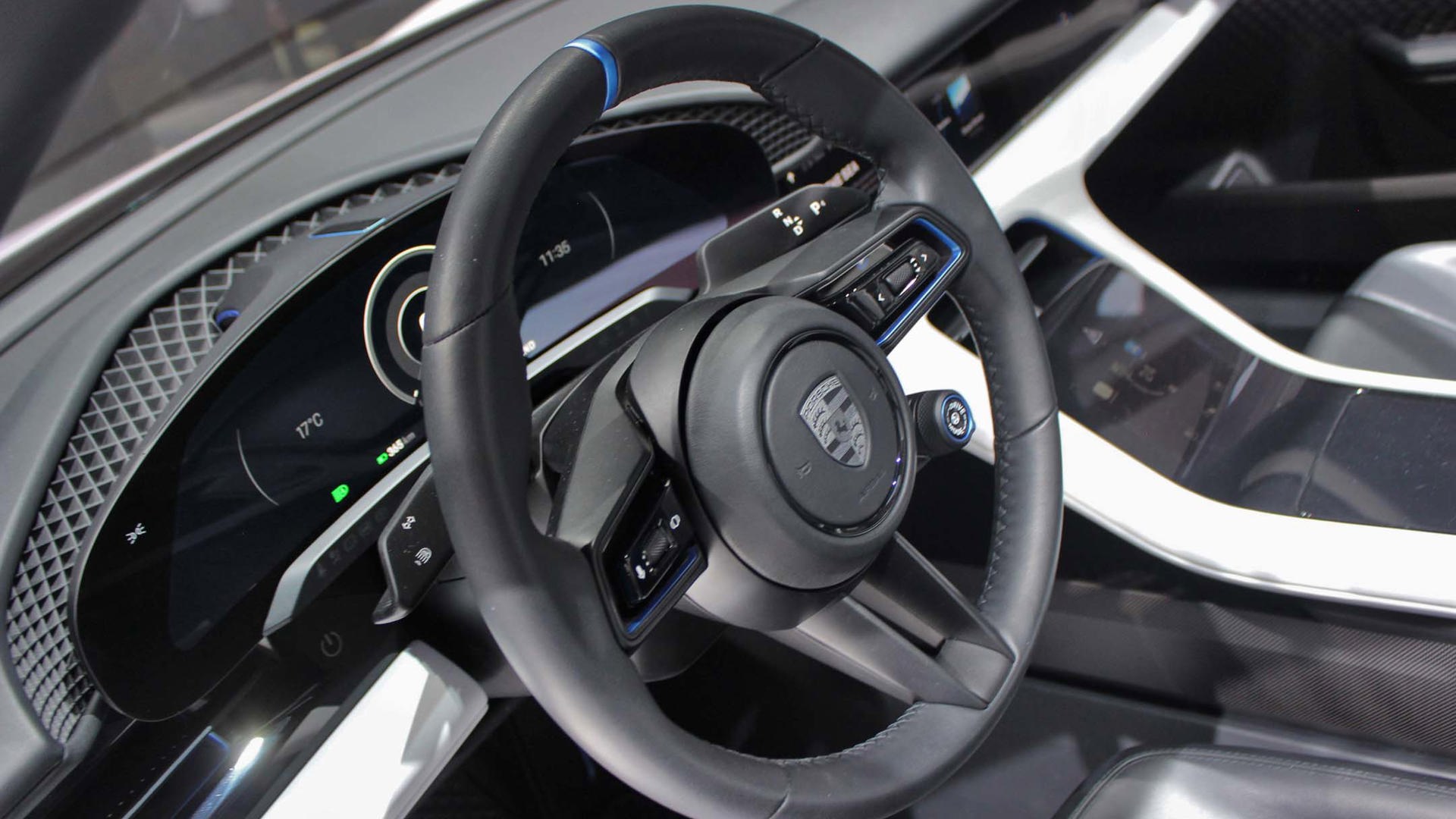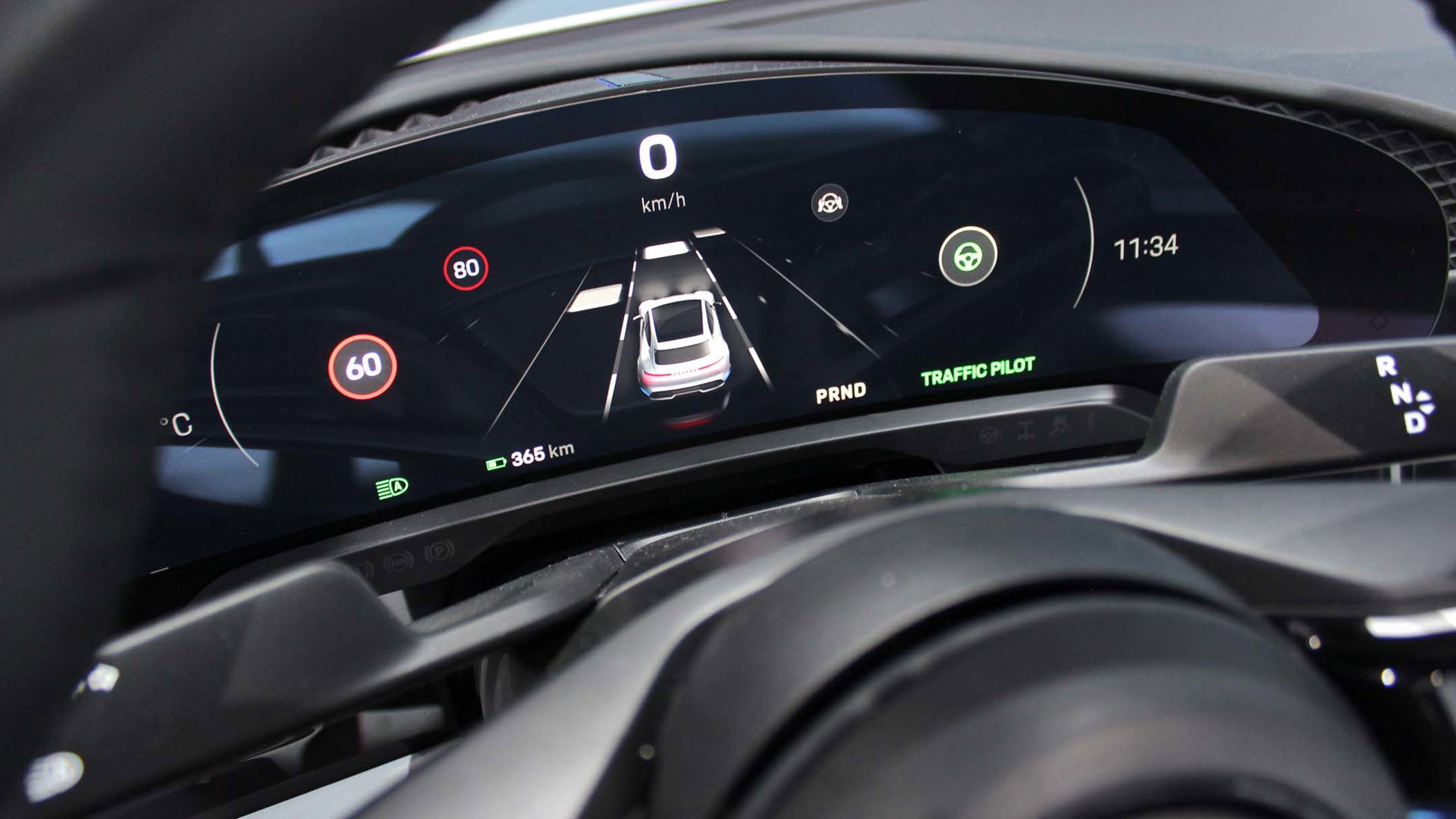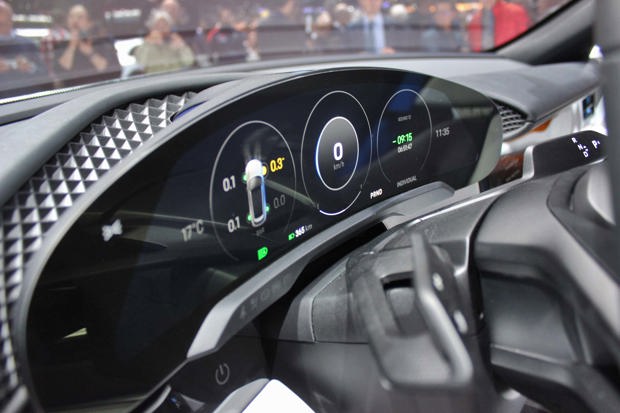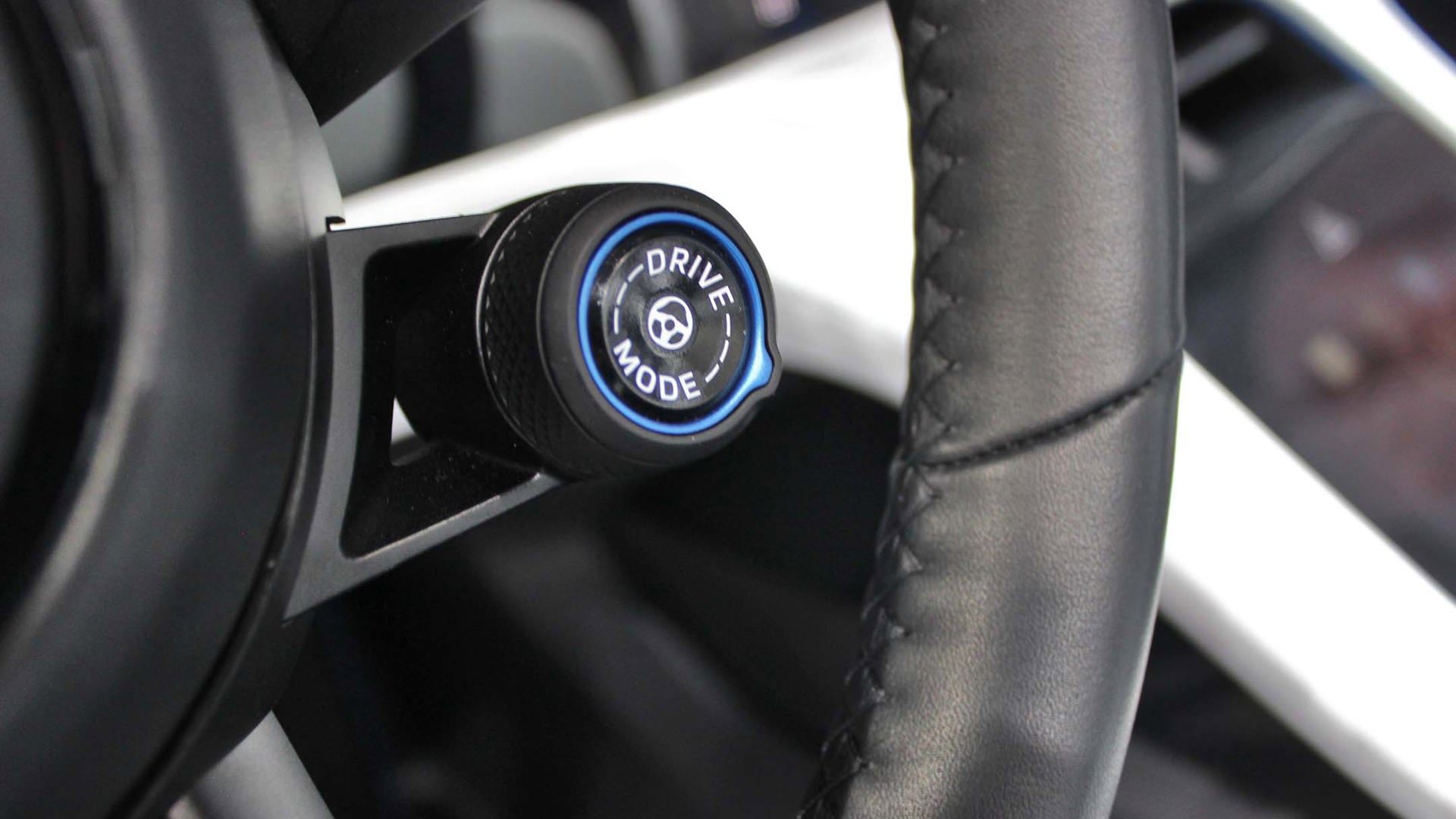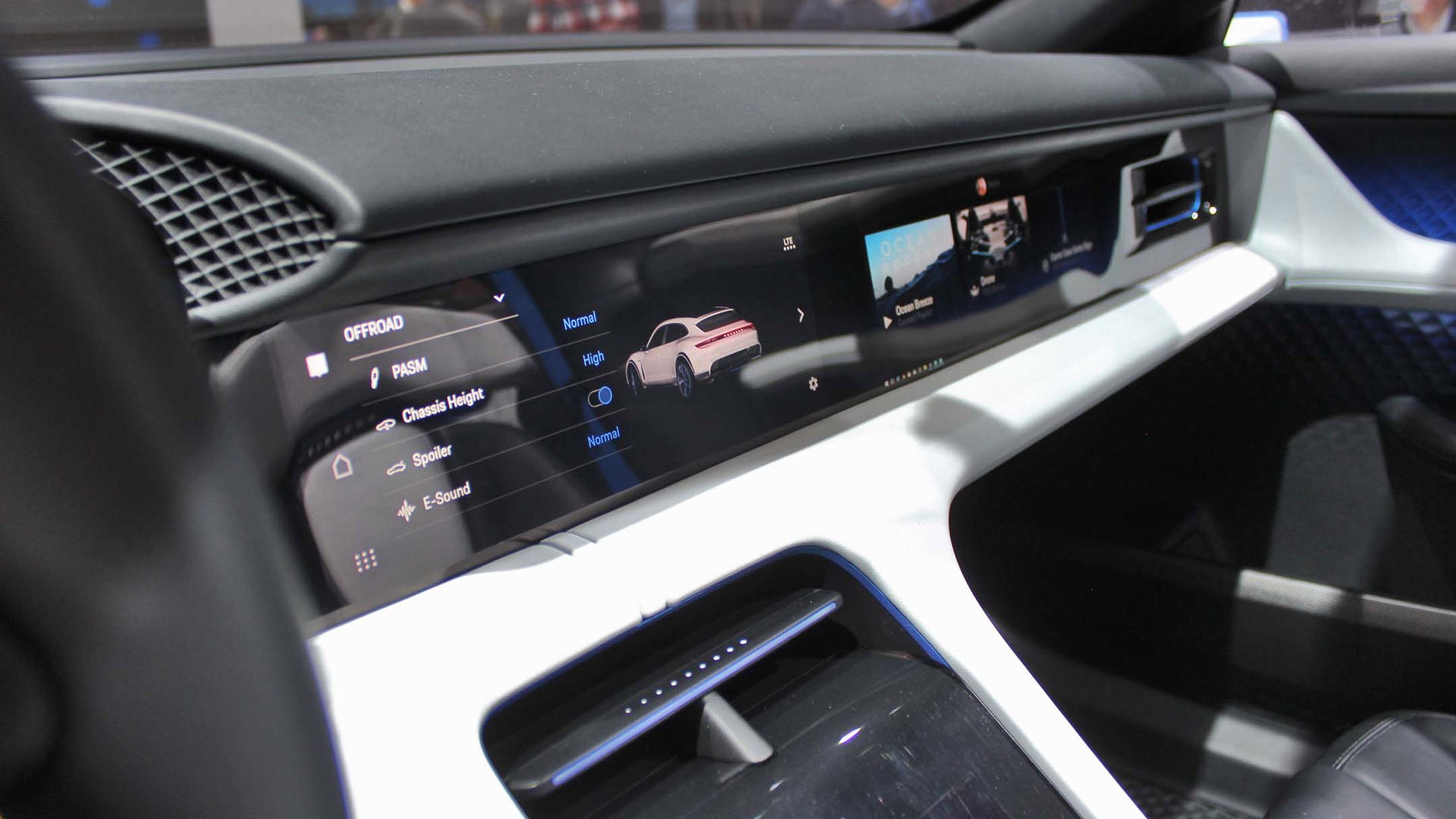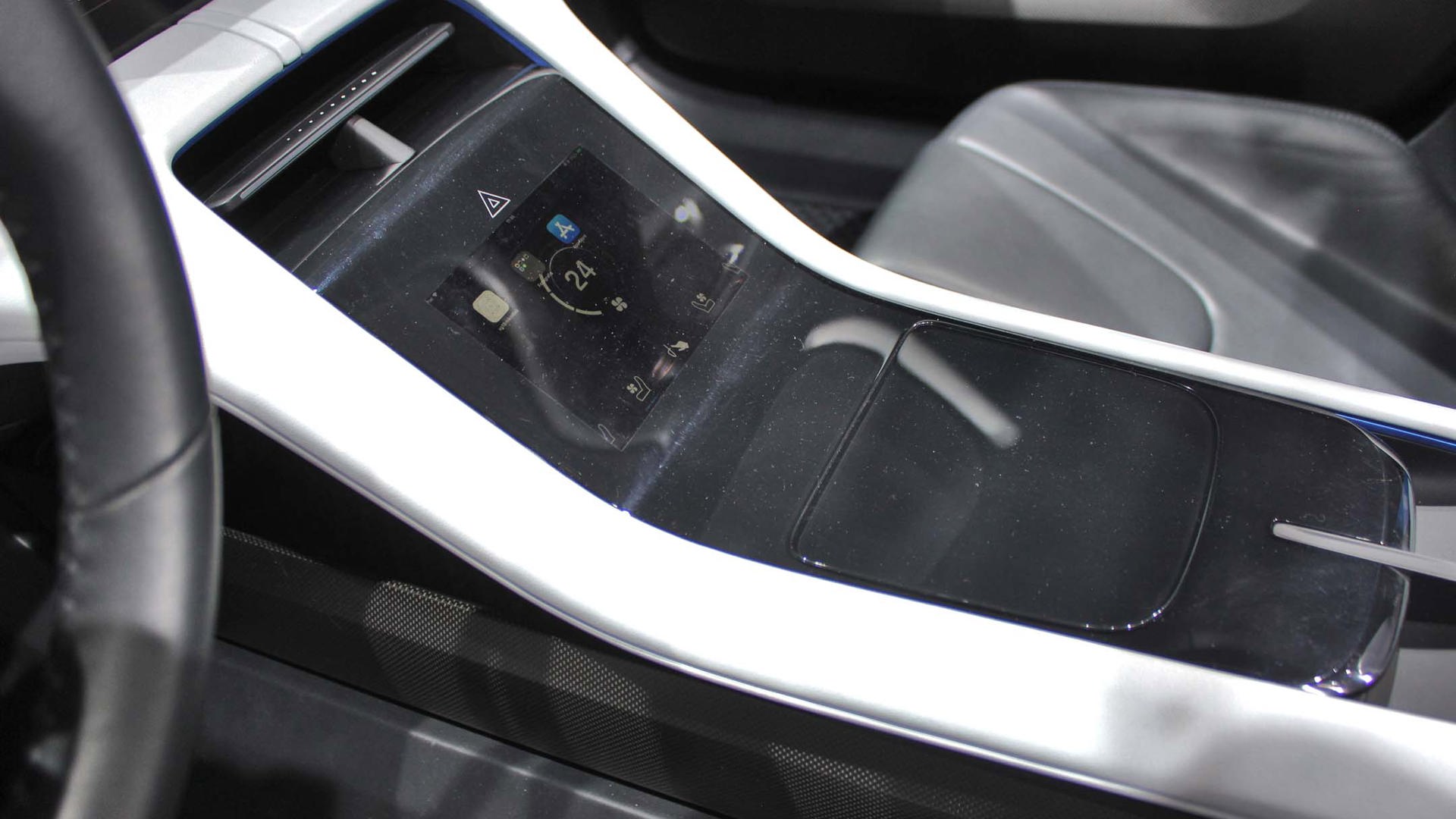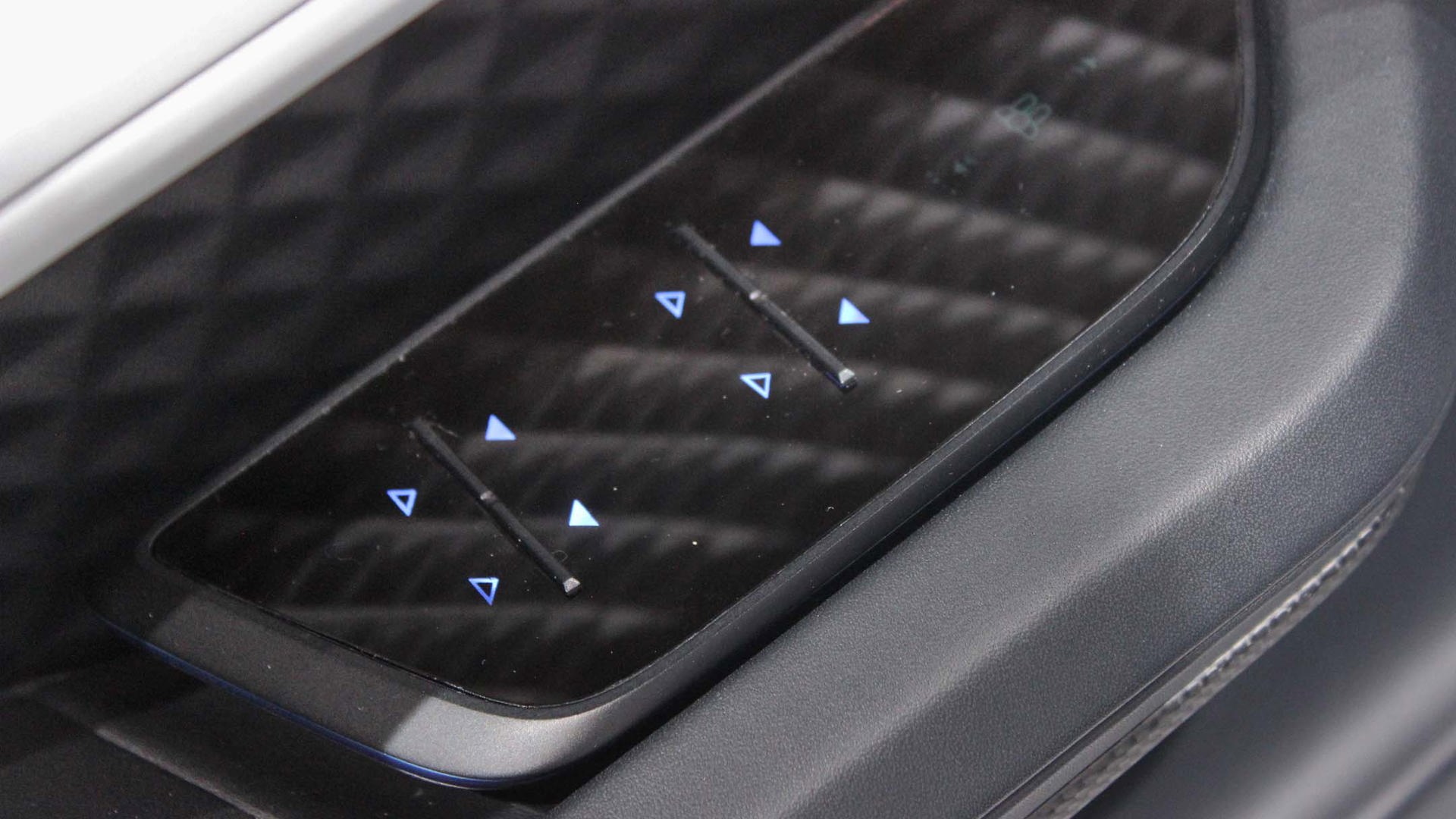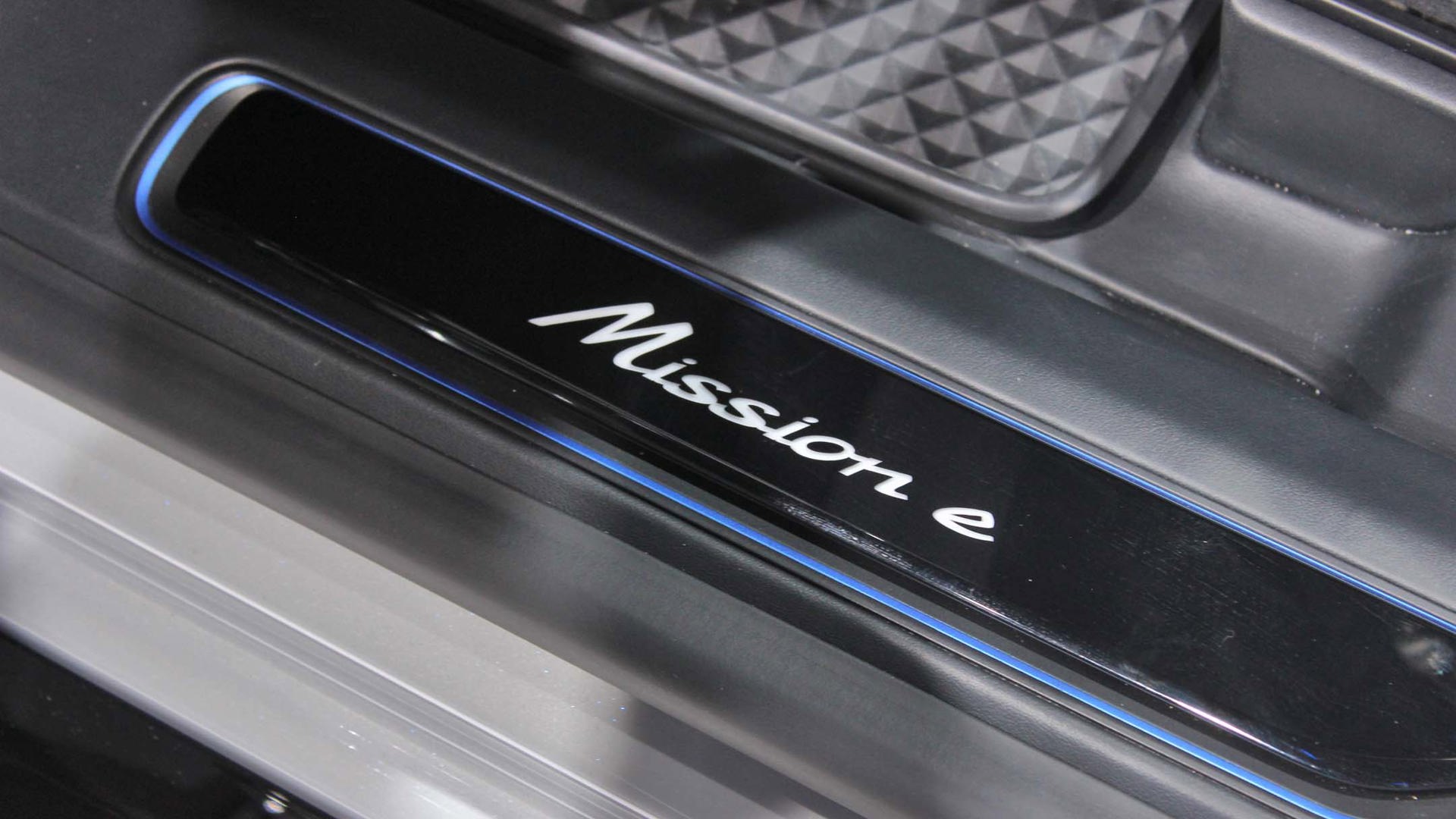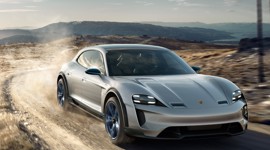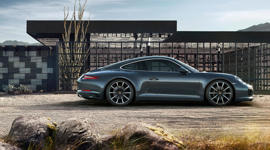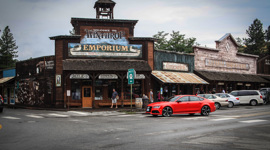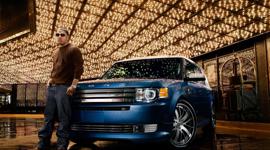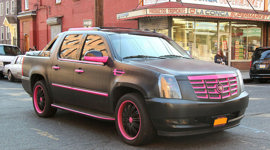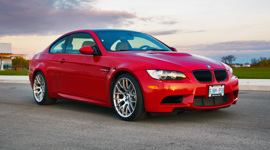With the debut of the Porsche Mission E Cross Turismo concept at the 88th annual Geneva auto show, Porsche was not only revealing an all-new all-electric concept: it signalled a new direction at the famed Stuttgart manufacturer, as stated in a Porsche executive roundtable after its big unveiling.
Needless to say, the opinion among my colleagues about the recently revealed (and very long-named) Porsche Mission E Cross Turismo concept was divided.
Even though Porsche has done SUVs and wagon-y things before, this latest Porsche Mission E Cross Turismo concept is more a mix of the two, thereby sending Porsche into yet another tough-to-define vehicle segment. The first thing that came to my mind was a Porsche-fied (and electrified) Audi Allroad Quattro – the first, A6-based one.
The plastic cladding around the fenders and rocker panels, super-specialized and knobby Pirelli tires, jacked-up ride height – I have a very distinct feeling that if the Porsche forefathers knew this was on the way, they’d probably have had a bit of a laugh.
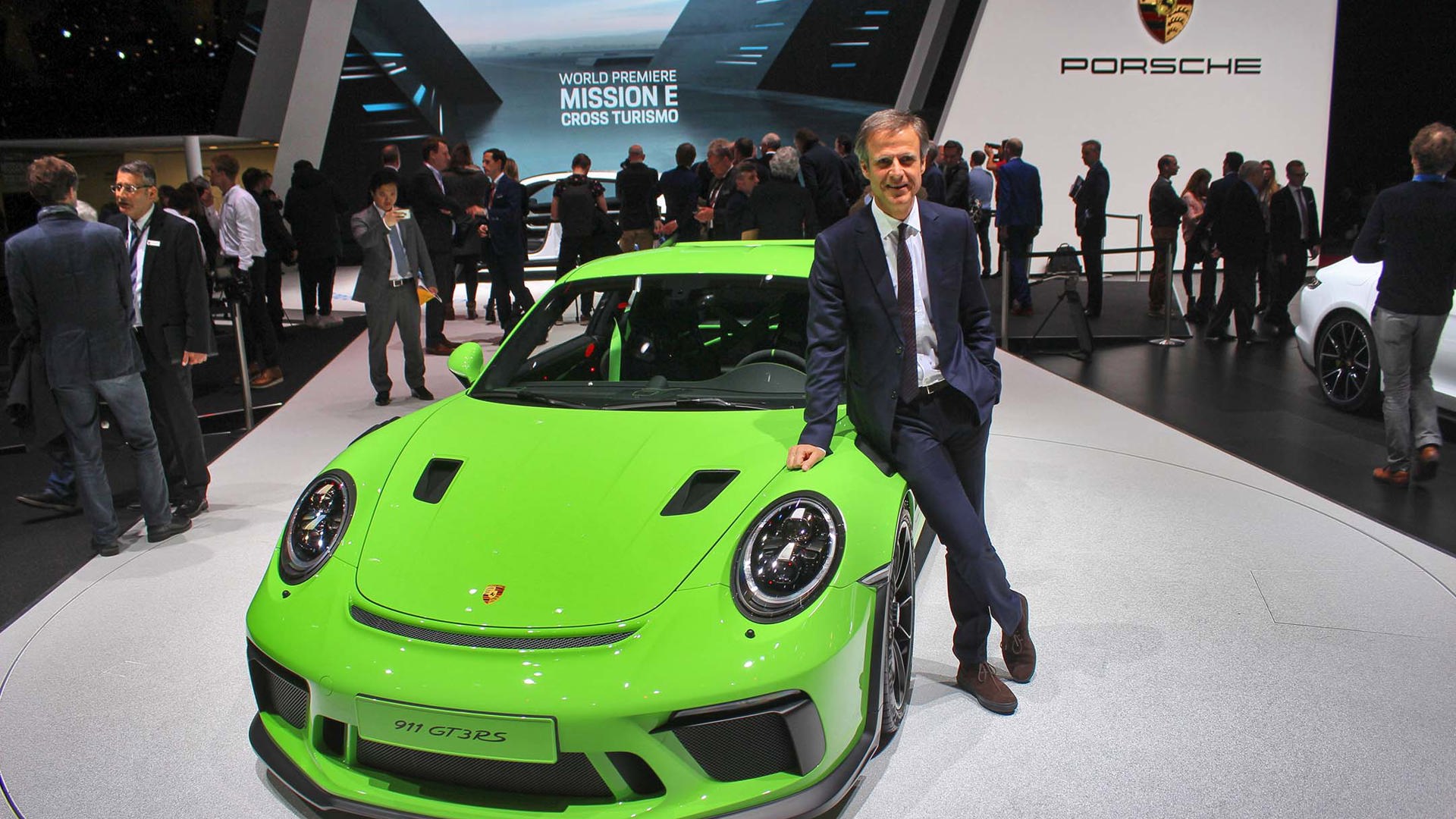
Current Porsche executives are dead serious, however, and they’re standing by what they’ve created.
“You can’t please everybody,” said Michael Mauer, head of design at Porsche. “The worst thing you can do is try and do a design that pleases everybody. As (former GM boss) Bob Lutz said: ‘The most dangerous place you can be is the middle of the road.’”
He actually compares the arrival of two very new body styles with the Mission E as similar to the switch from air-cooled to liquid-cooled for the 911. “A lot of people didn’t like the 996, but I think it was really visualizing that something happened there. The old world and the new world,” he said.
“We still like to have the connection to the brand, and to the portfolio but still visualize that now this is something completely different.”
In order to do so, they’ve styled the headlamps and rear light bar to ensure that you know you’re staring at a Porsche, albeit one that is very different from what we’ve seen previously. Still, Mauer is convinced that the Mission E Cross Turismo subscribes to his theory that “we are not just designing the car itself. We’re designing the brand identity.”
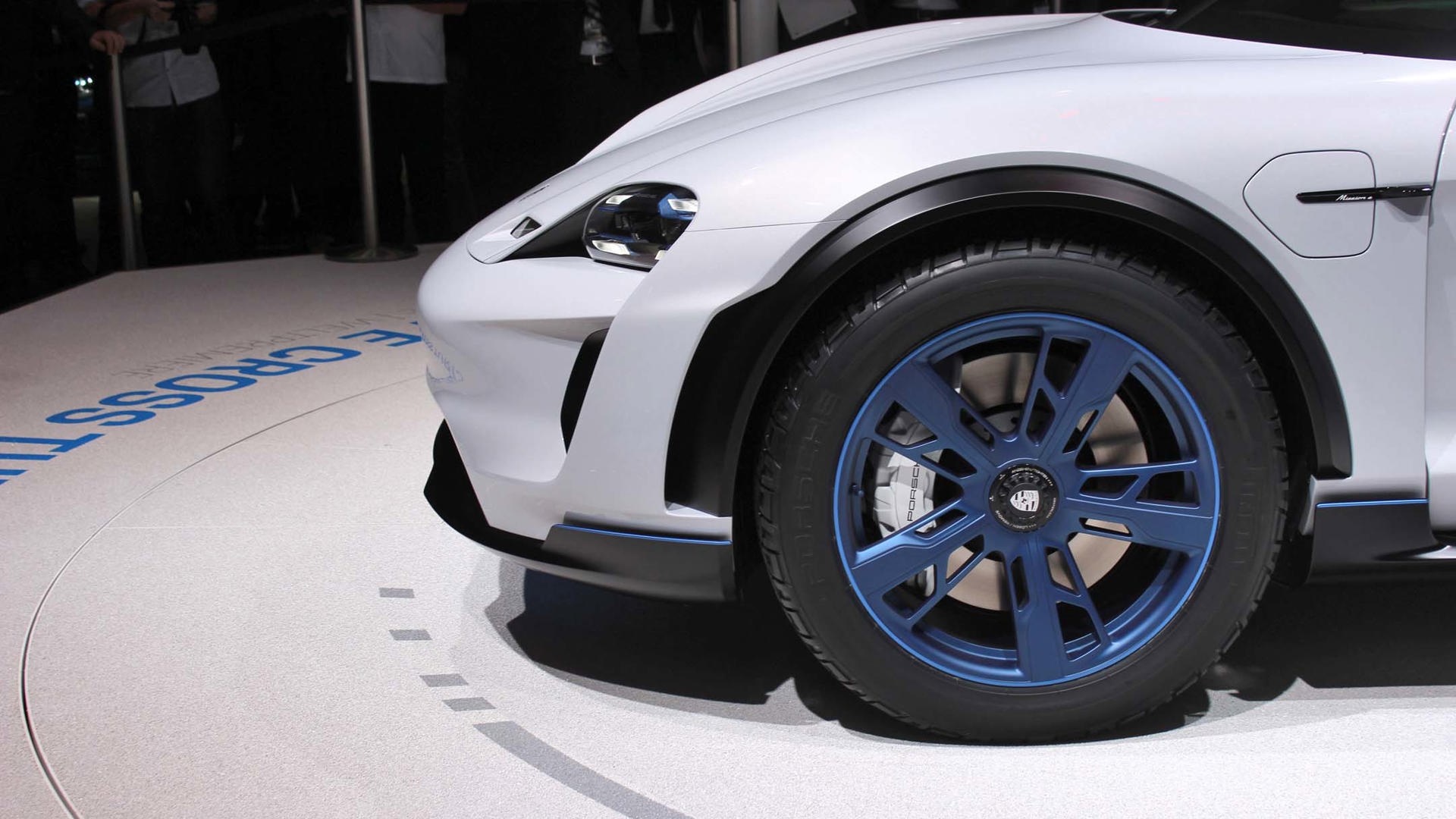
According to Porsche, that identity is made of three pillars: Improve their traditional ICE cars, improve their hybrid offerings, and “pure EV mobility”.
Of course, the Mission E obviously has pillar number three as priority number one. It has a claimed 500 km range, can be charged on a Level 3 charger from zero to 80 percent in around 15 minutes, and will get 100 km of range from just four minutes of Level 3 charge, the latter two requiring new – and as yet unavailable in North America – high-power chargers.
But more than just the EV-ness of the whole matter, the Mission E and its Cross Turismo variant also allows for more interior flexibility thanks to its flat floor. A lower centre of gravity from the batteries built into said floor will, in turn, lead to better handling. It’s here that the Porsche brand steps in to bring everything in line, even with the somewhat controversial styling.
“Even if you don’t like the design so much, you might be convinced by its being a Porsche and you know how it will handle and go around corners,” said Mauer. If Tesla can match the acceleration of a 911 Turbo “without any expertise,” he said, then imagine what Porsche and its years of making go-fast cars can do with their own fully electrified platform?
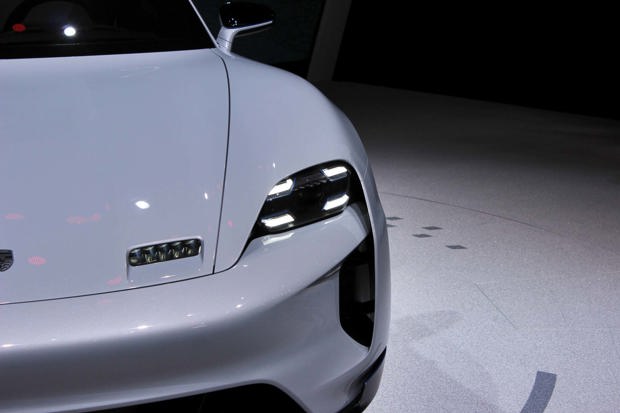
But will they actually build it as it looks here?
“As with all concepts, I really hope it will make it on the road. Depends as well on the reactions we will get here. In Porsche’s history, we don’t show a concept just for the sake of having something to show,” he noted.
Of course, no matter how much we talk about the Mission E Cross Turismo maintaining Porsche’s identity and so forth, the manufacturer will always be known for its sports cars. More specifically, the manufacturer will always be known for the 911. According to Mauer, even it shouldn’t be exempted from pillars two (hybridization) and three (full electrification).
“Why not (try and do an electric 911)?” he said. “The team is creating ideas for the future and this is definitely in the discussion. If you take a 911 as it is today, we say it’s 100 percent emotion. Yes, there’s the engine, and there’s the sound. Yes, the acoustic of the traditional combustion engine is missing but performance-wise, you won’t have any disadvantages. Torque, stuff like this, no problem. Handling-wise, Porsche expertise is replaced by nothing.
“In general, from my point of view, an electric 911 is possible. It is possible.”
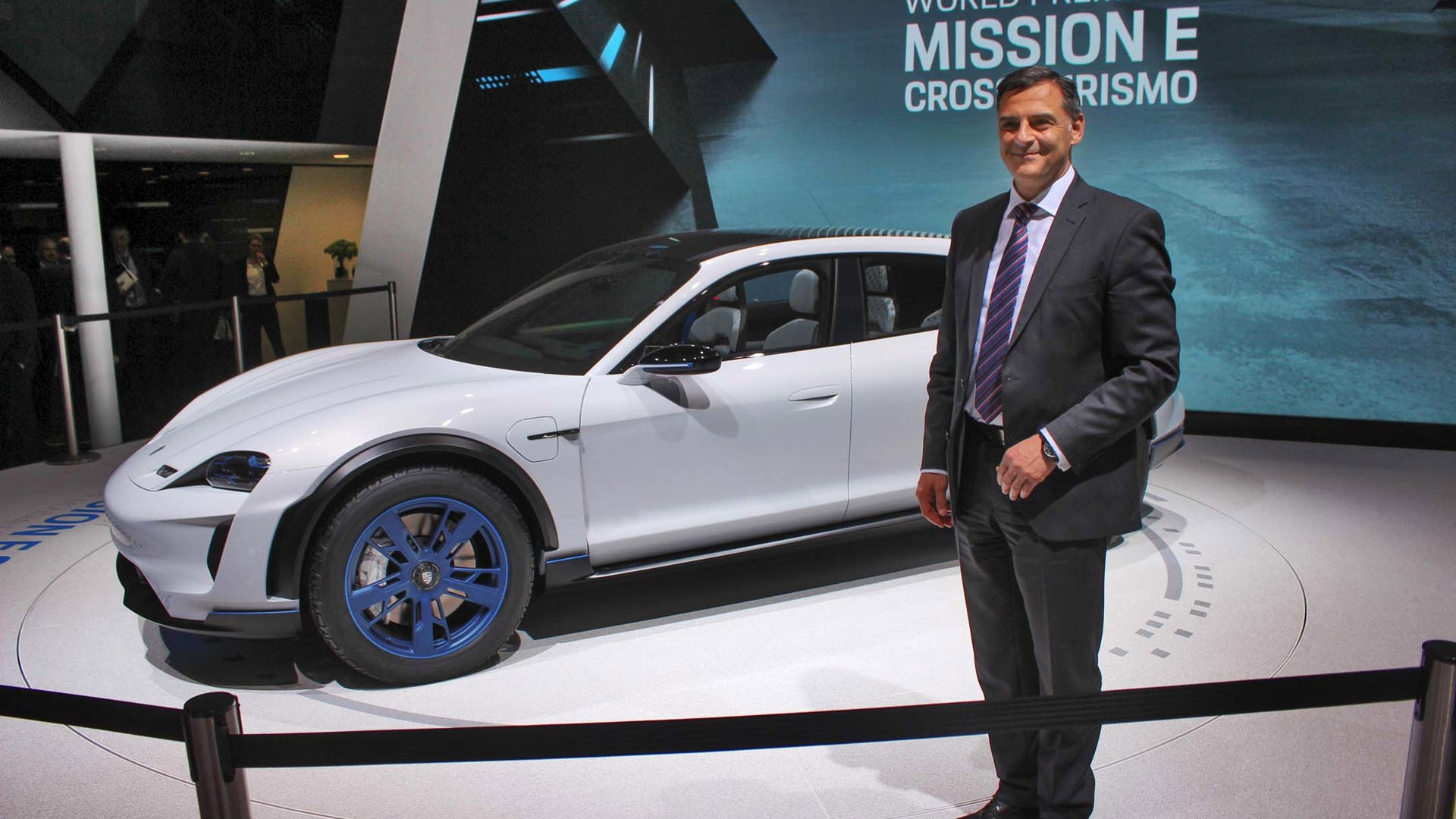
Michael Steiner, member of Porsche’s executive board for research and development, took it a step further.
“The plan is to do electrification, but in the way of a hybrid system and not a full-electric car. Electrification of the 911 is on the agenda.” He wouldn’t provide a timeframe, but with the massive recent hybridization push we’re seeing at Porsche and with a new 911 due very soon, it seems a fair bet that said hybrid 911 could be as close as two years away.
He didn’t close the door on a full-EV 911, either, though he did say that it “won’t be in the short term,” citing safety and powertrain packaging issues, what with the 911’s rear-engine configuration.
The switch to a hybrid powertrain will add power with EV boost technology, but it also leaves Porsche prepared for the possibility of large cities in China and Europe requiring motorists to have some form of all-electric drive mode if they’re planning on driving through certain parts of town.
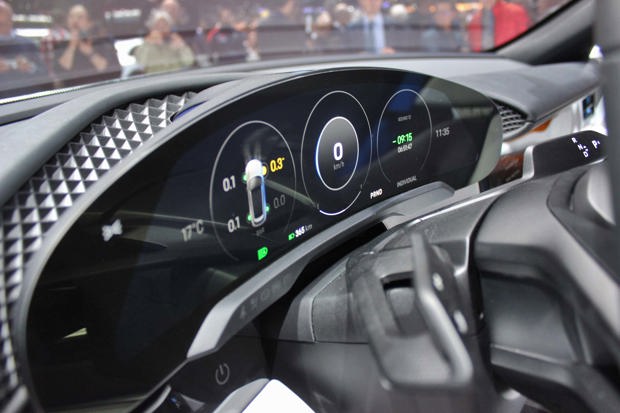
That timeframe also fits with another big part of this switch to electrification, and that’s an upgrade in the world’s charging infrastructure. Steiner stressed that Porsche is walking the walk with regard to bringing said infrastructure up to speed.
“In Europe we have shares in an independent company (Ionity) that’s building only high-power charging stations along the main Megastrassen (mega-roads or thoroughfares),” he said.
In North America, meanwhile, they’re working with VW and Audi as well as Electrify America to get charge stations along the main roads in the US and Canada, which will be “live” in the next two to three years.
There are some transitional times ahead for Porsche, but Steiner highlighted that they would never forget the classic, driving-fun-above-all Porsche sports cars on his watch. Take that all-important tool for any fun-to-drive car, the manual gearbox. It seems to be on its way out these days (the GT3 RS, also revealed at the show, doesn’t get one, for example). But when asked about its demise, Steiner dropped a proper “I’ll stop you right there” move: “If you ask me, there is no ‘final’ manual gearbox. For on-road cars that are dedicated to fun-to-drive, driver involvement, emotion, it makes sense. There is room for manuals, and there will be manuals.”
Well, that’s a relief.
